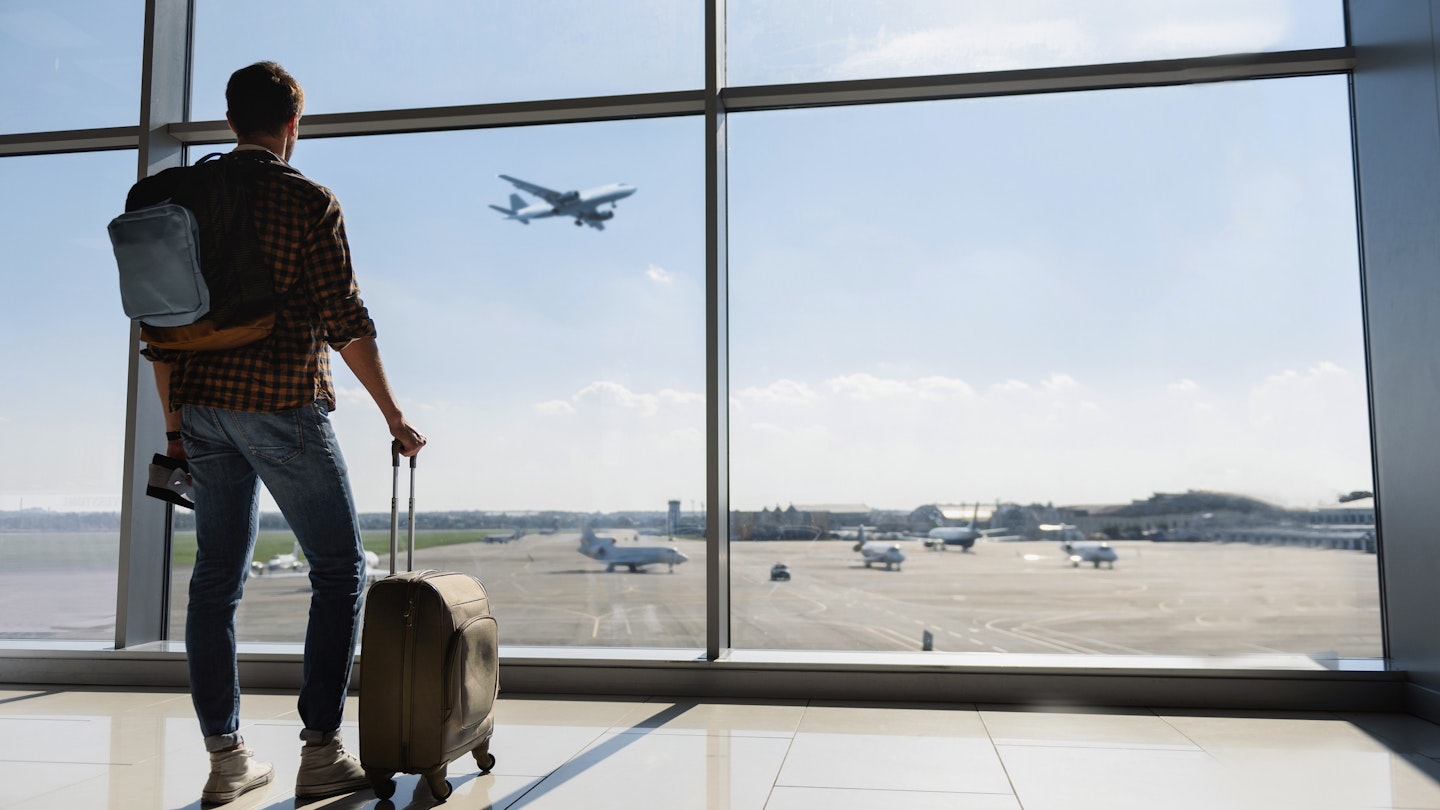It reads like a toothpaste advert, but 97% of climate scientists now agree that the planet’s rising temperatures are likely the fault of humans. Burning fossil fuels, tearing down trees and – yep – that cheap flight to Rīga have all contributed. However, as more travellers rethink their relationship with air travel, what can you do to minimize your impact when flying, beyond stopping altogether?
The ecological impact of flying
When laid out like a runway in front of you, the ecological impact of flying lends itself to some severe environmental turbulence: travelling by aeroplane may only account for 2% of total global greenhouse gas emissions, but those 39.4 million annual flights pump out toxic nitrogen oxide, cancer-causing exhaust particulates, and carbon dioxide; the latter of which absorbs heat and re-emits it back to earth.
Estimates suggest that less than 20% of the world population has flown, but with flight numbers expected to double by 2037, if we have any chance of limiting global warming to 1.5°C (the target agreed in the 2015 Paris Agreement), experts believe we must halve our global emissions by 2030.
The aviation industry must take a lead in reducing its harmful emissions and, while travellers can make the conscious decision to fly less (or not at all), there may still be times when air travel is unavoidable. When that happens, here’s how travellers can reduce the environmental impact of flying.
Select the most environmentally-friendly aeroplane
You won’t need to fasten your seatbelt for this news, but as with cars and boats, different types of aircraft and engines kick out different levels of pollution. When choosing your flight, consider what aircraft you’ll take as well as thinking about price, departure times, and possible airport options.
The German non-profit organisation atmosfair, whose annual Airline Index has tracked the carbon efficiency of 92% of the world’s air traffic since 2016, has a helpful emissions calculator on its website that allows travellers to quickly measure the environmental impact of each flight they plan to take. It also compares the green credentials of all the planes that furrow that route, allowing passengers to see the most CO₂-efficient airline to fly with.
A number of commercial airlines are already experimenting with using biofuels to fly, and the International Air Transport Association predicts that a million flights will be powered by a mixture of biofuels and conventional fuels by 2020.
Fly direct
NASA estimates that 25% of aeroplane emissions occur during take-off and landing, a figure exacerbated by planes idling on the runway waiting for the green light to jet off. Towed-out taxiing can reduce the emission count significantly, but even if that is adopted as an industry standard, it’s still better to fly direct rather than doubling the number of take-offs and landings with a stopover flight.
Fly economy class
Finally, some good news: economy class is the best way to travel – for the environment, at least. Forget the extra legroom and the free champagne, the carbon footprint for flying business class is three times higher than going economy; first-class seating is six times higher.
According to a study by the World Bank, the space a passenger takes up on an aeroplane has a greater impact on their carbon footprint than their weight. Furthermore, premium seating is also more likely to remain unsold when compared with economy seating, which means the passenger footprint increases as fewer people are on the flight.
Offset your carbon emissions
This is the elephant in the aisle seat: only around 1% of us are offsetting our carbon emissions. In a world striving for cleanliness, all flights would be emissions-free. However, until the science catches up with our social conscience, offsetting your carbon emissions is arguably the most impactful way to negate the effects of flying – even if, at its heart, it’s an absolution for polluting.
The premise is simple: on top of the ticket price, a passenger pays an additional fee to fund environmental projects that neutralize the carbon emissions from their flight. Thus, the cost to offset a flight from London Heathrow to Charles de Gaulle Airport in Paris, which averages 139kg of CO₂ per person, works out at around £9.
Data analysed by the BBC suggests that less than half the major airlines in the world offer carbon offsetting as standard. Nevertheless, flyers can circumnavigate the reluctance of carriers by contributing directly to certified offset companies like Gold Standard, Climate Action Reserve, and Verra. Projects include reforestation programmes and creating solar and wind farms in developing countries.
Pack light
Do you really need that weighty copy of War and Peace as well as three different pairs of trainers? According to the UN’s Environment Programme, packing light can make a significant difference in your CO₂ emissions. Reducing your luggage weight by 15kg decreases your emissions by around 50–100kg on a four-and-a-half-hour flight. If you can pack sustainably, better still.
While completing all of these actions will make marginal improvements in emissions levels, they won’t have as big an impact as pledging to go completely flight-free – at least until the emissions-free aeroplanes of the future are cutting through the sky.





